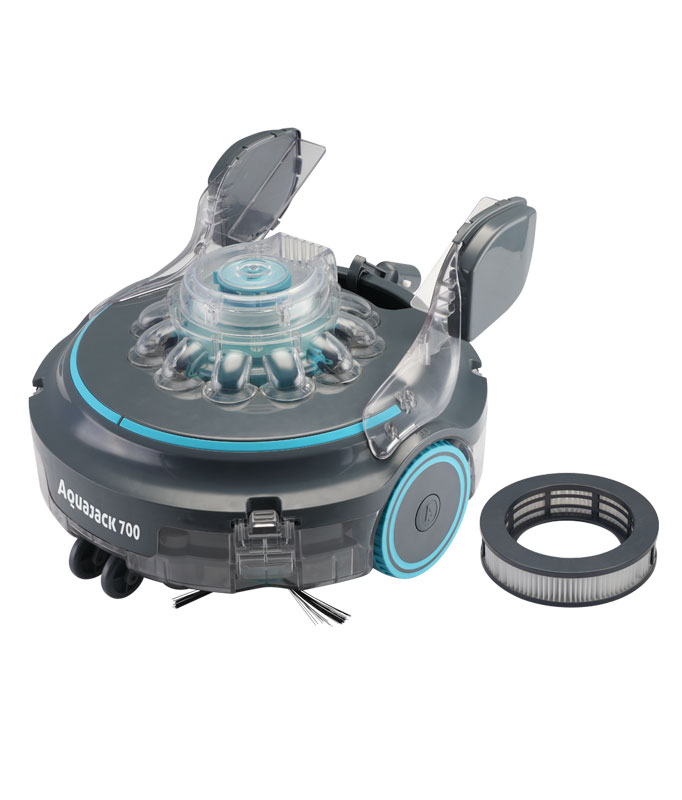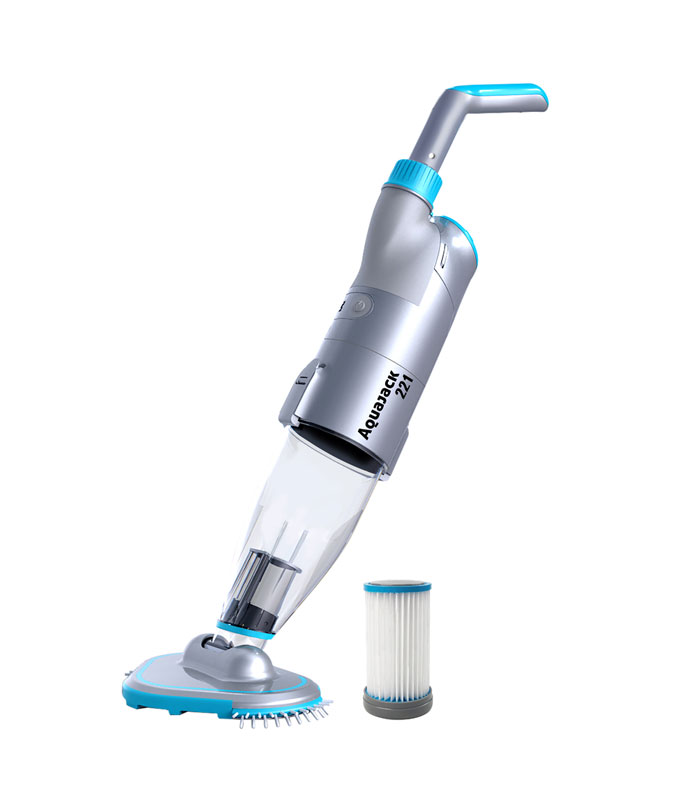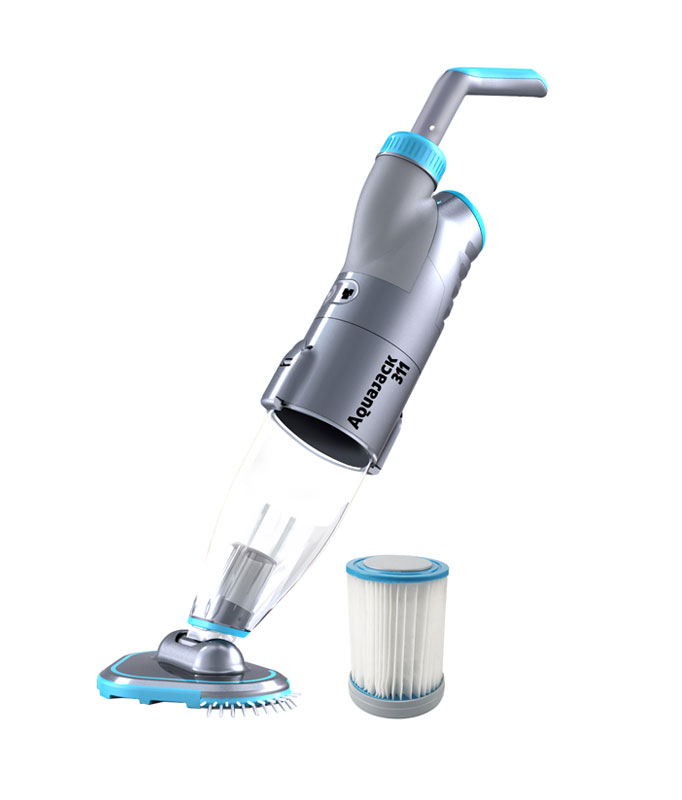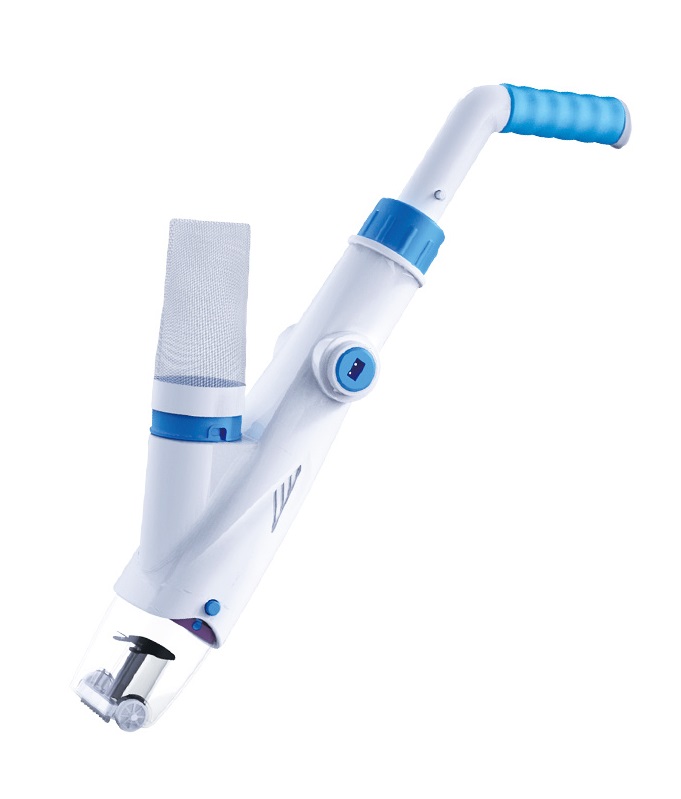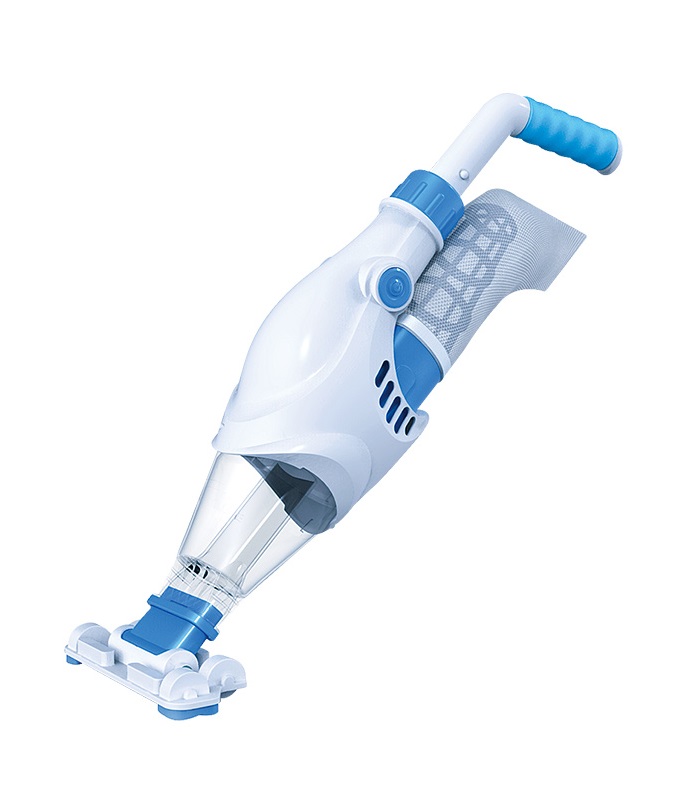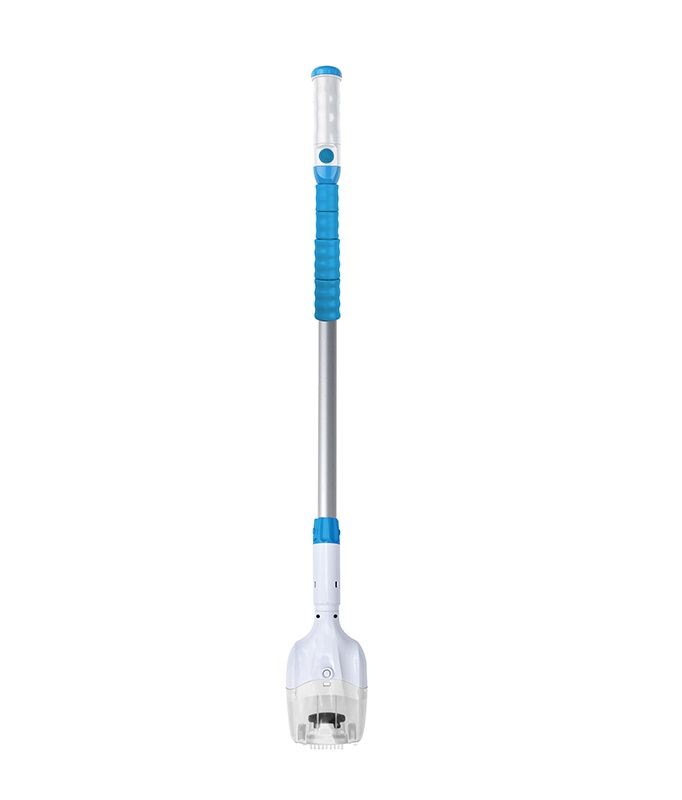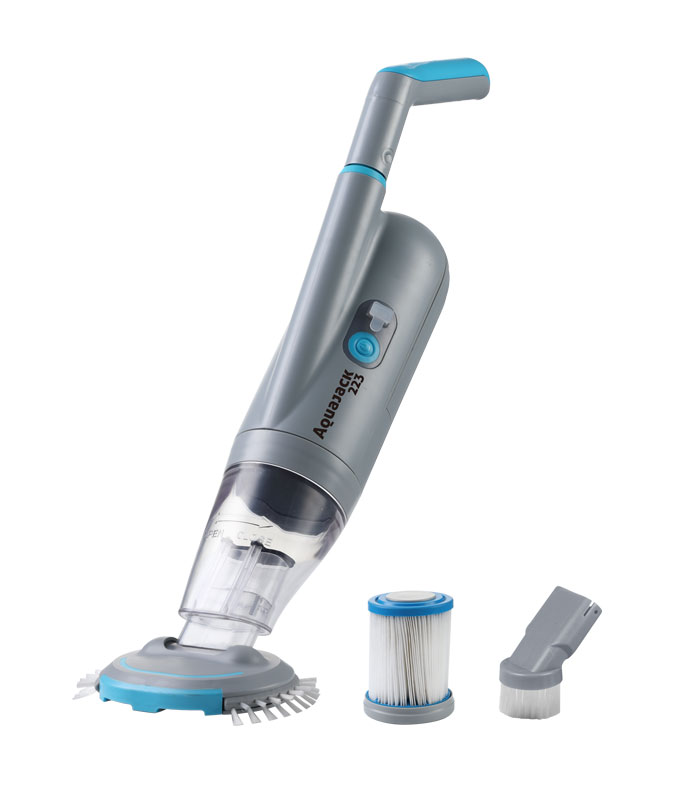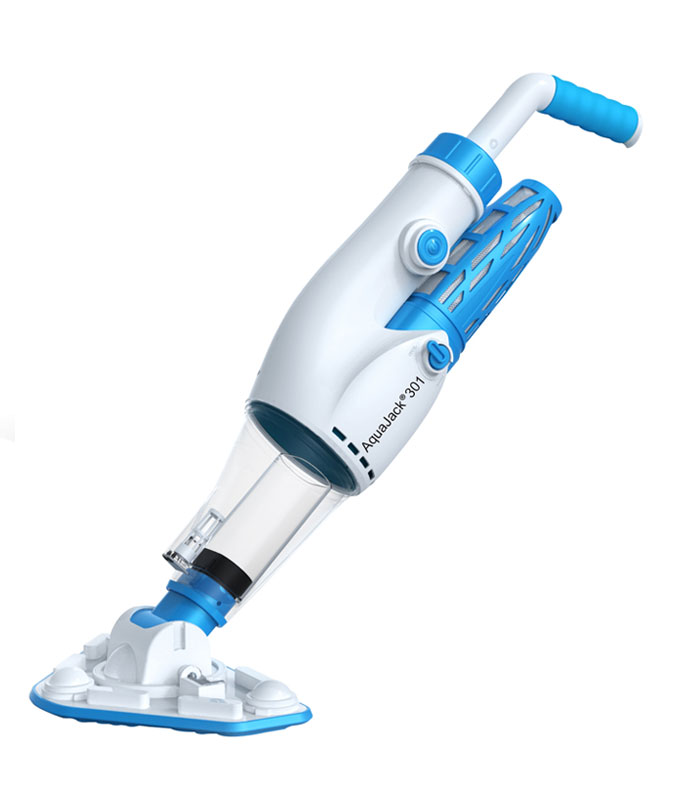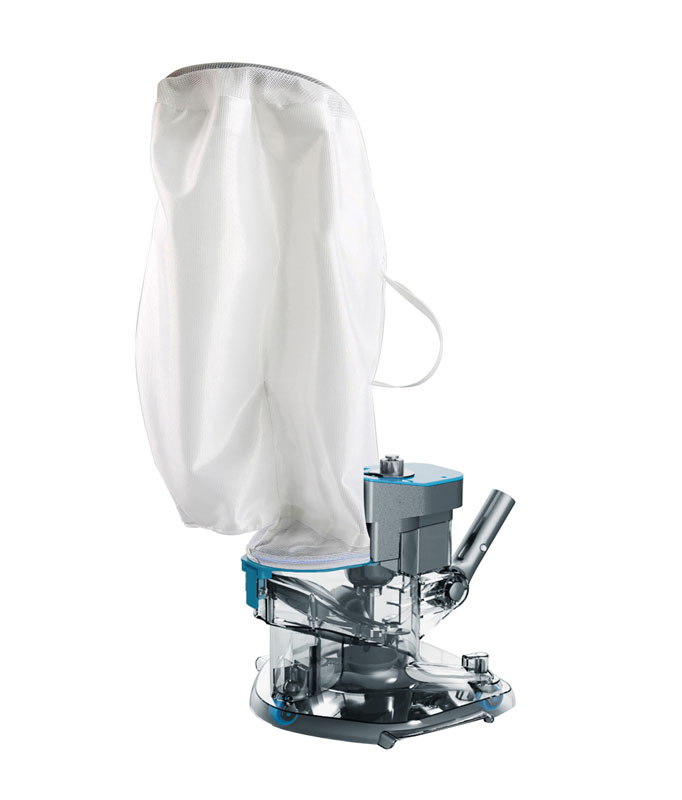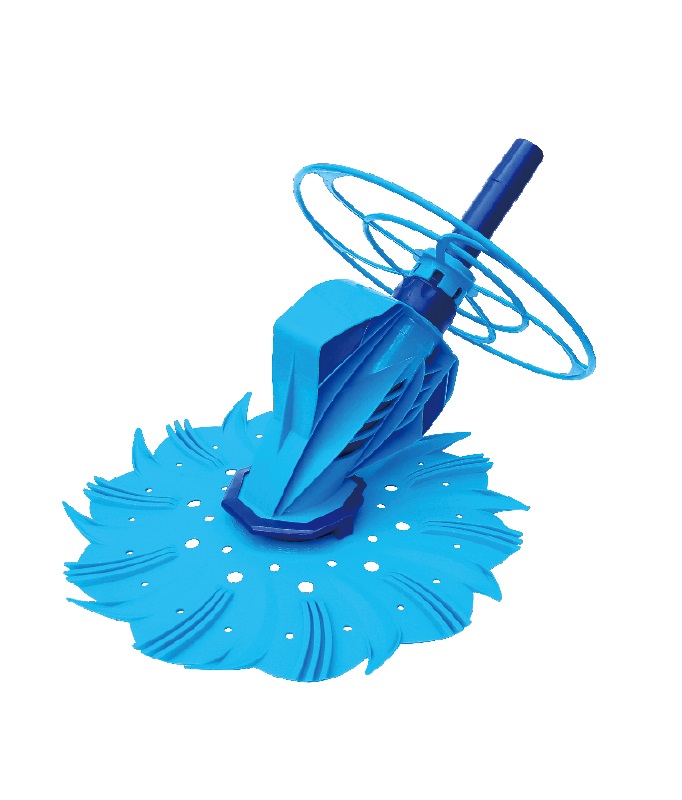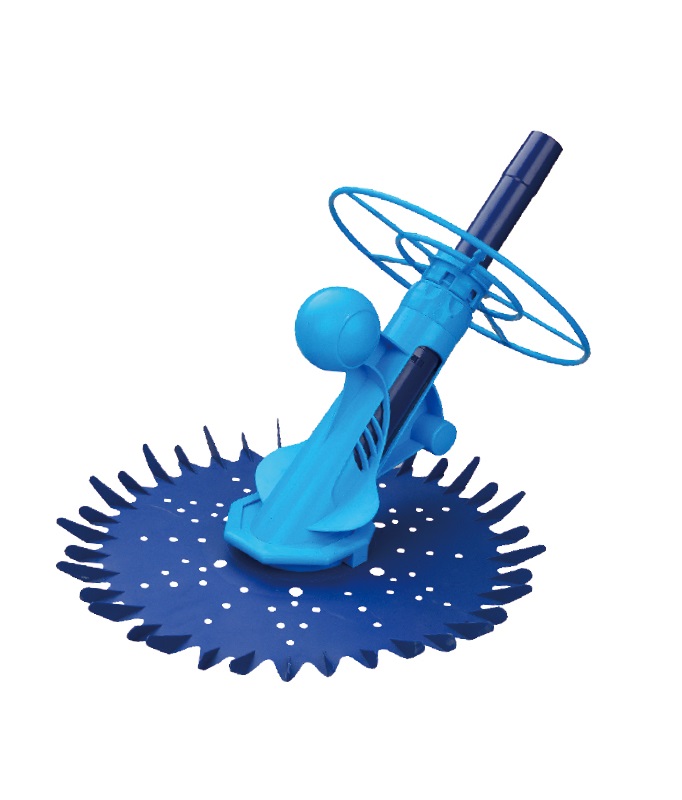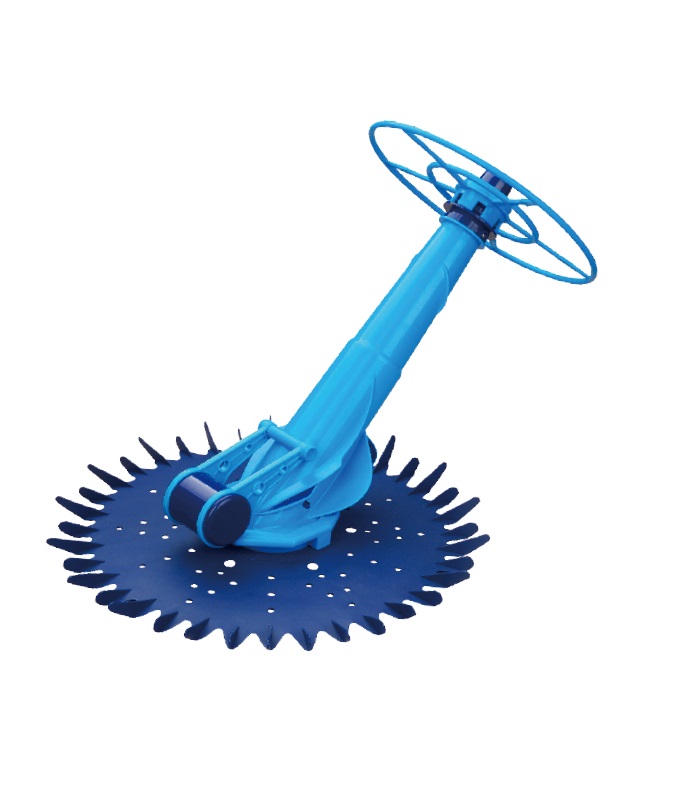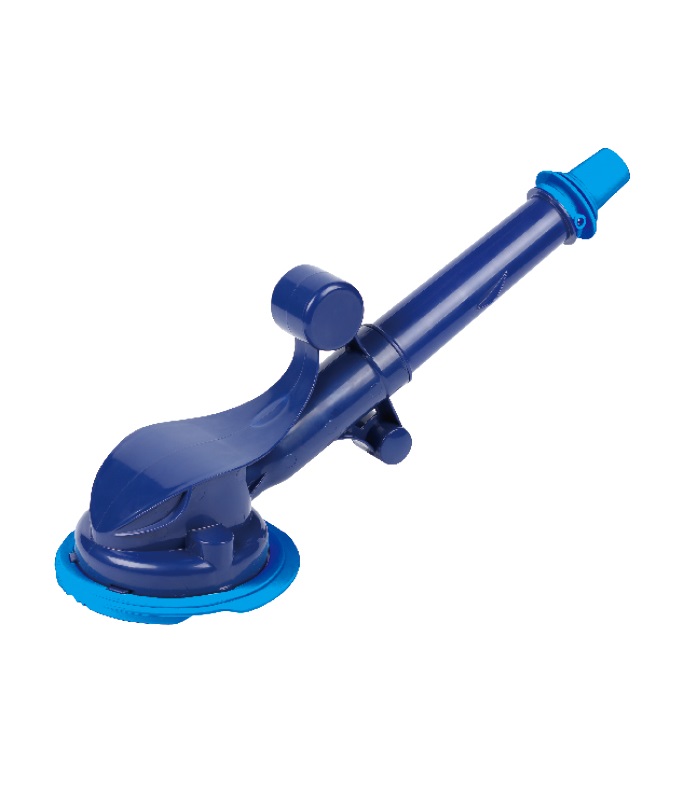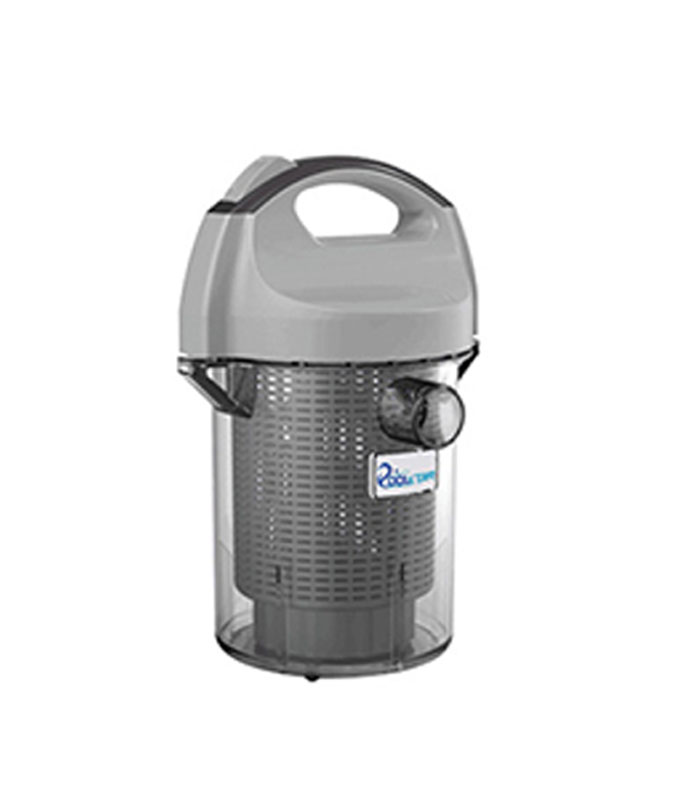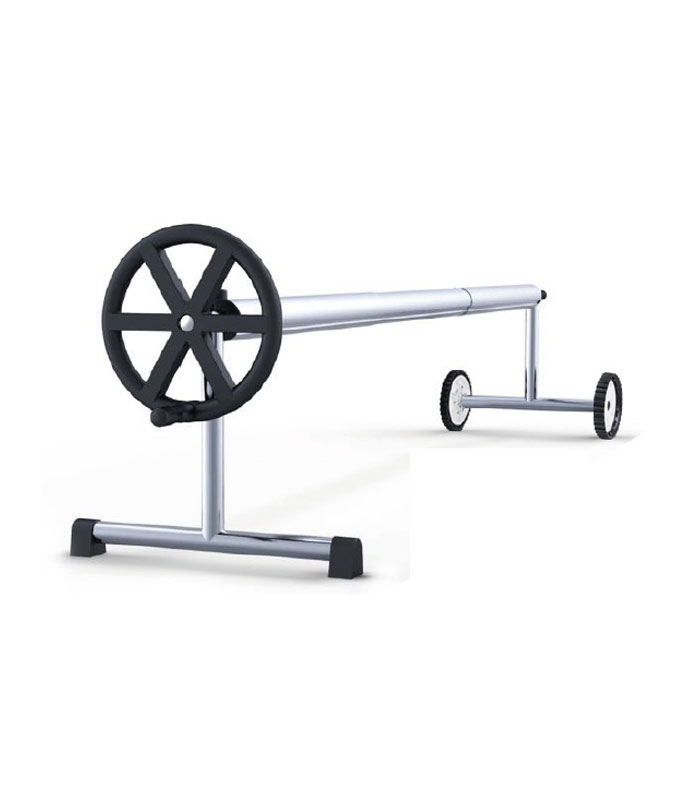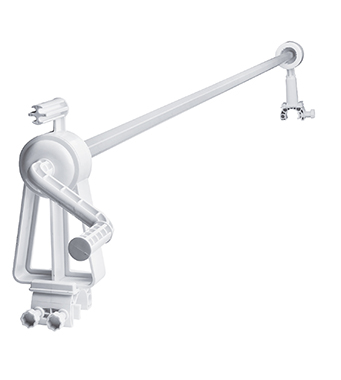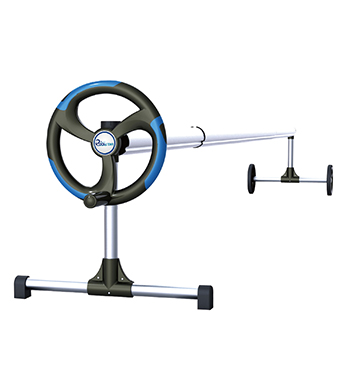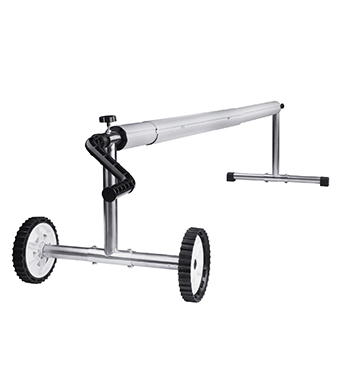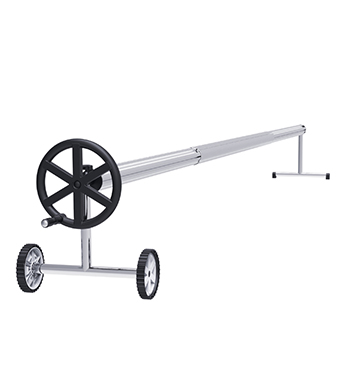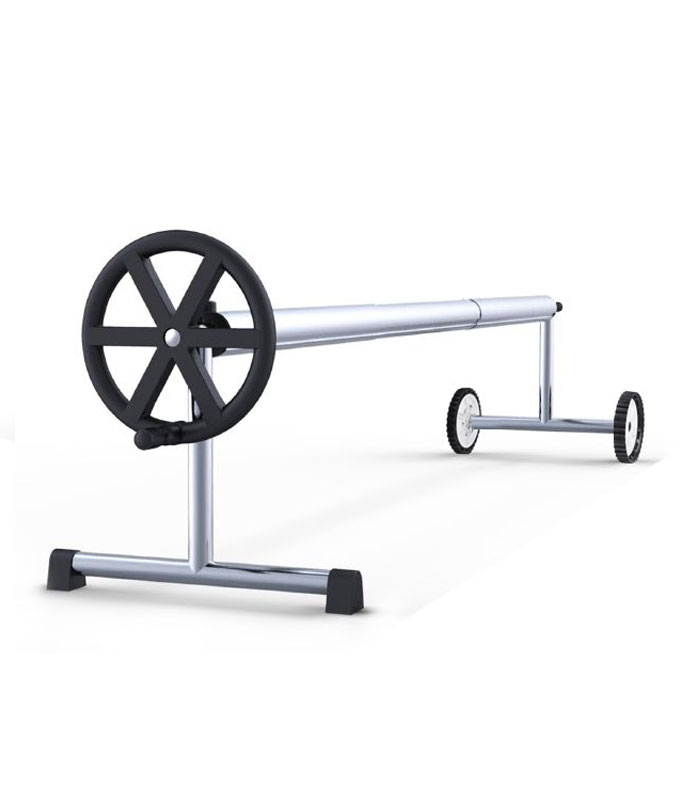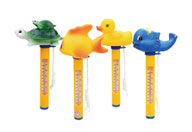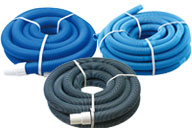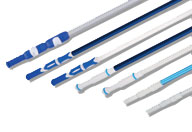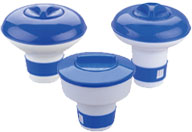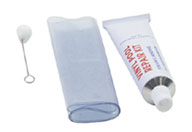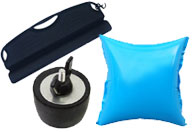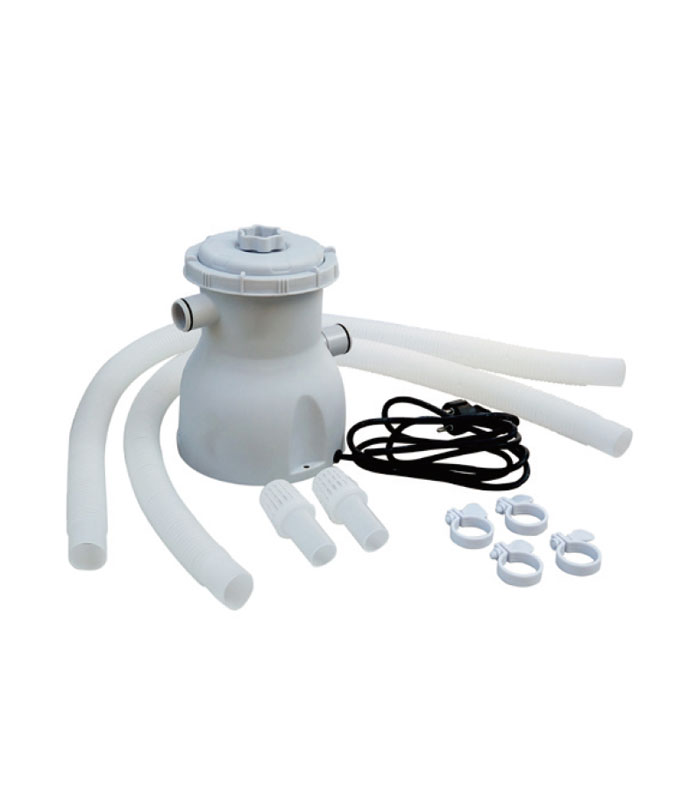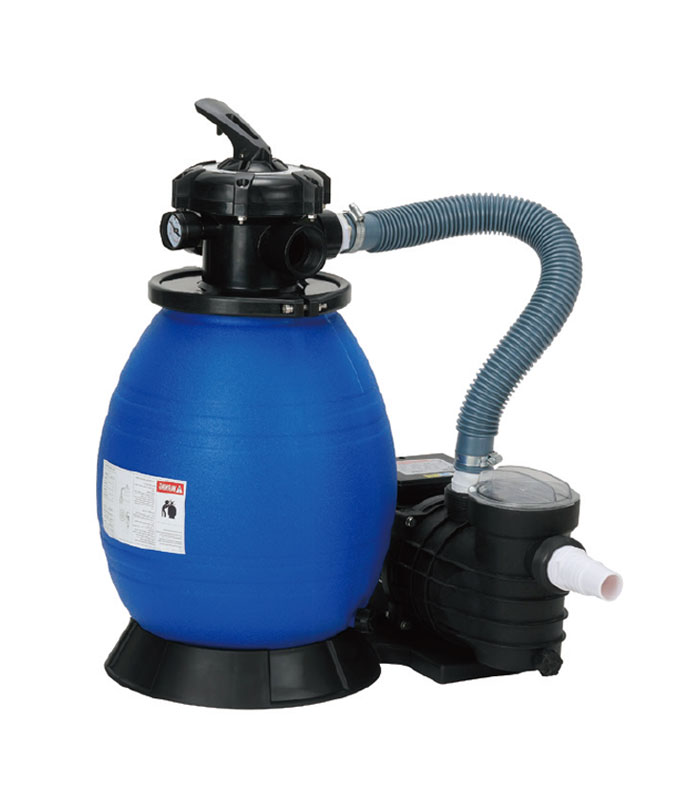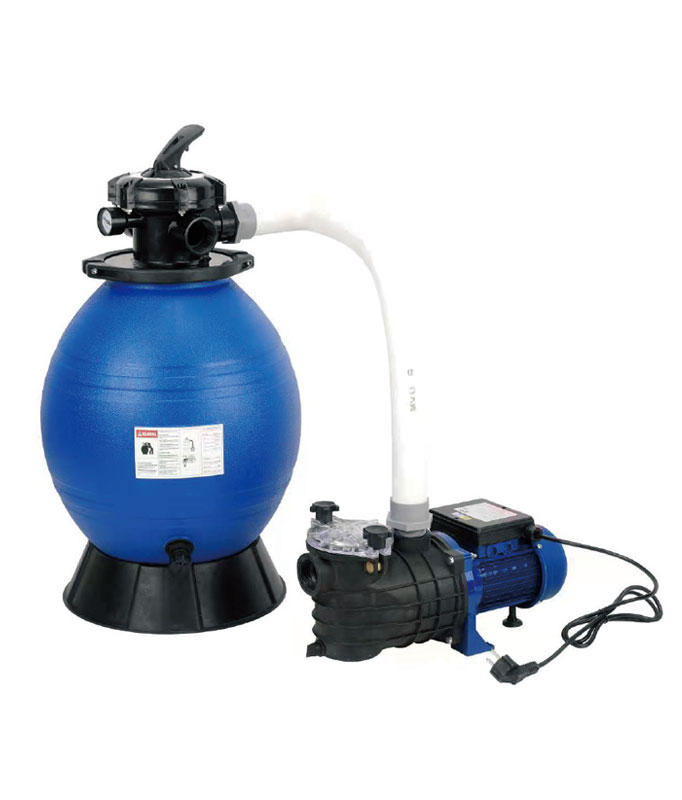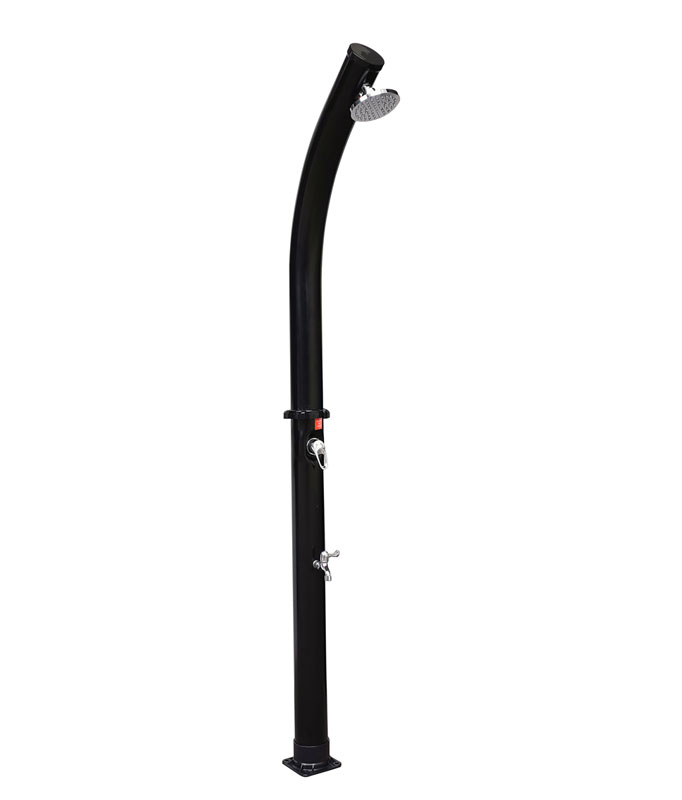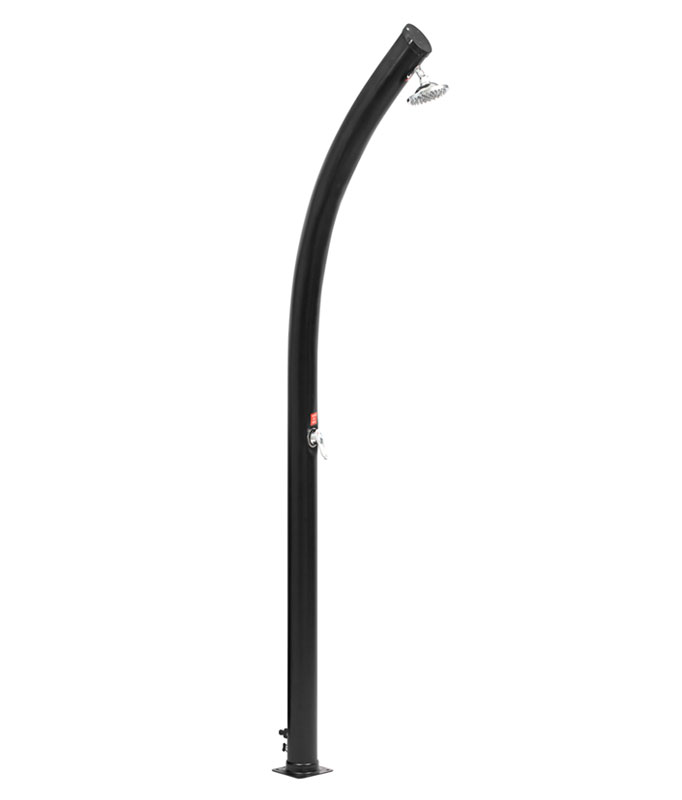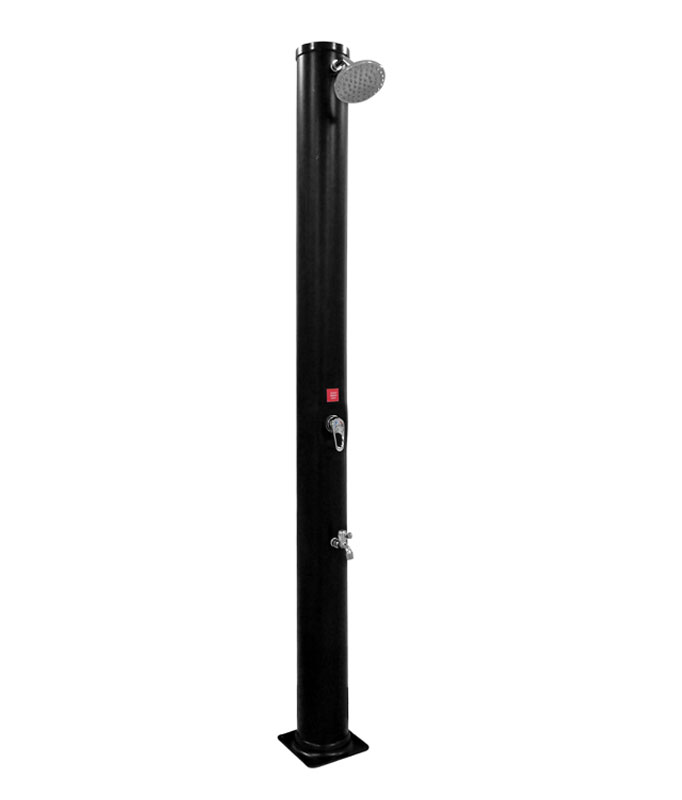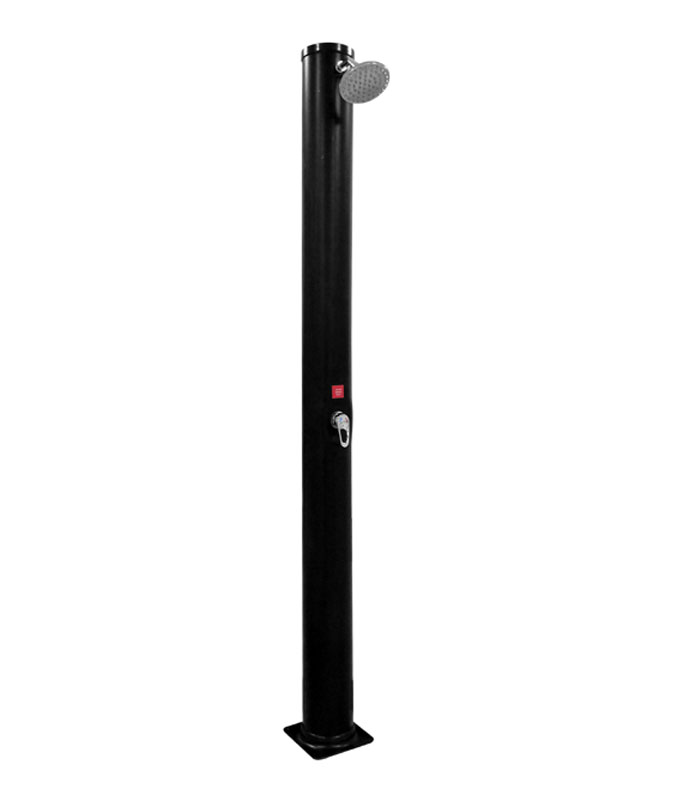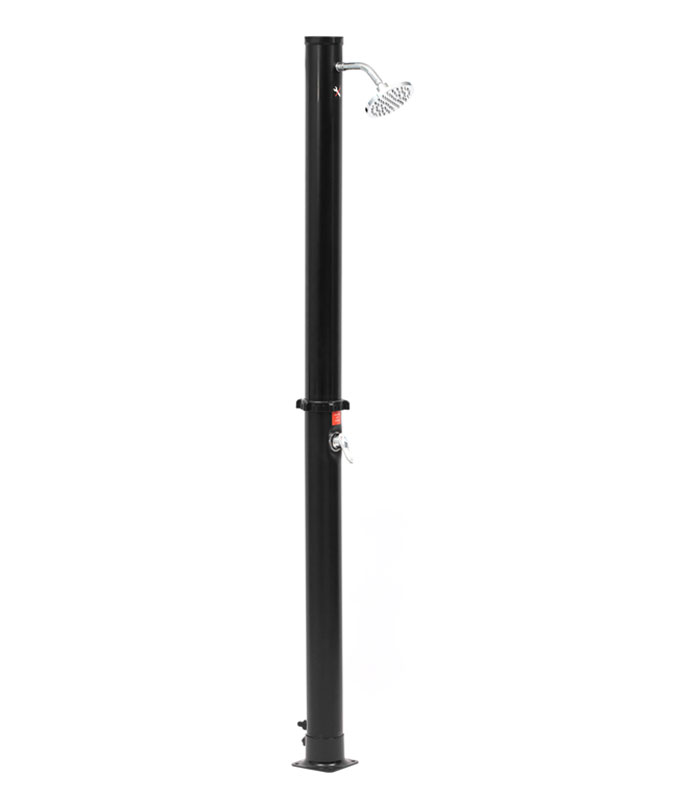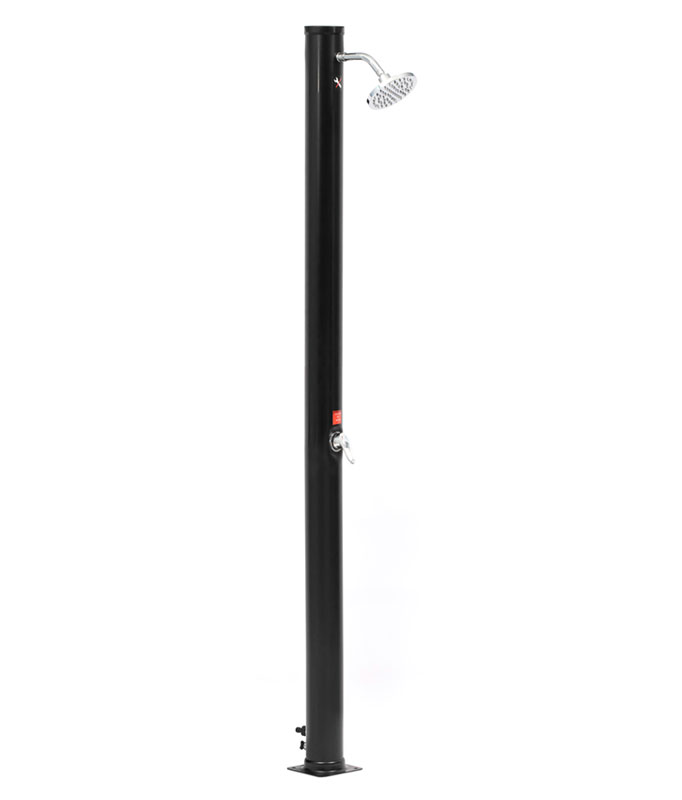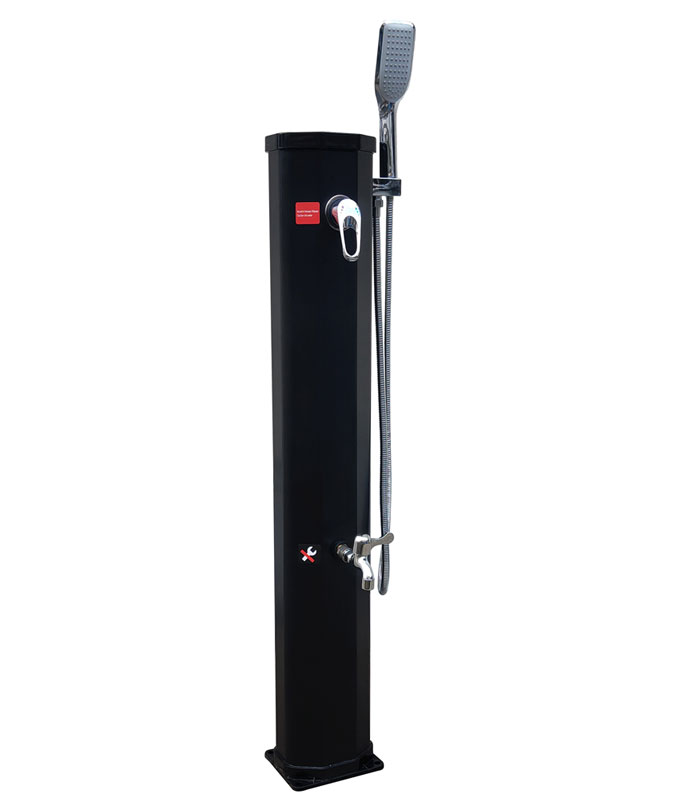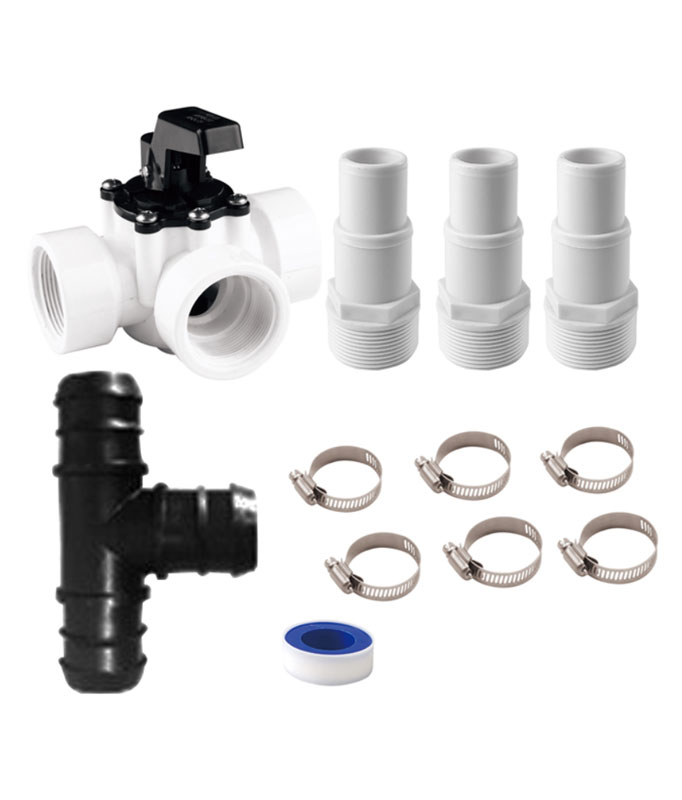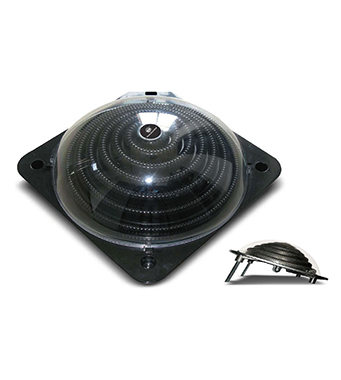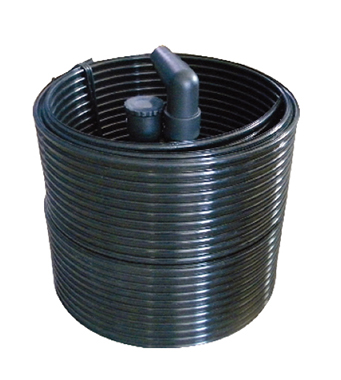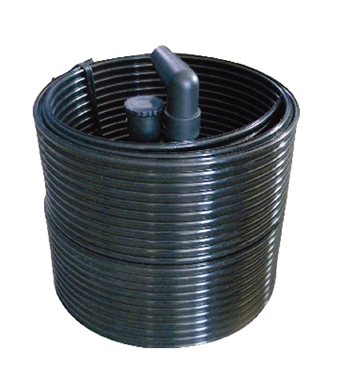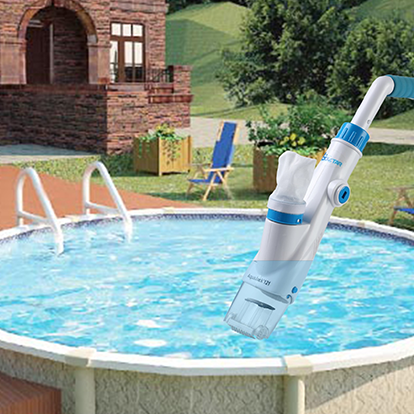
Tired of pool cleaners that die mid-clean? Discover how next-generation battery technology delivers 3+ hour runtimes, 2000+ charge cycles, and year-round reliability—even in extreme temperatures. Learn why lithium-iron phosphate batteries outperform traditional options 4:1 and how smart management systems double overall lifespan.
Key Takeaways
LFP Dominance – Lithium-iron phosphate batteries last 5x longer than lead-acid
Temperature Tough – Operates from -4°F to 140°F (-20°C to 60°C)
Smart Management – AI optimizes charging based on usage patterns
Eco-Friendly – 100% recyclable with zero toxic materials
Proven Longevity – 80% capacity retention after 2000 cycles vs. 500 in NiMH
Why Traditional Batteries Fail in Pool Environments
The Pool Battery Challenge Matrix
| Battery Type |
Cycle Life |
Temp Sensitivity |
Memory Effect |
Safety Risk |
|
Lead-Acid |
300 cycles |
High |
No |
Acid leakage |
|
NiCd |
500 cycles |
Moderate |
Severe |
Toxic cadmium |
|
NiMH |
800 cycles |
High |
Moderate |
Overheat risk |
|
Standard Li-ion |
1000 cycles |
Moderate |
Low |
Fire risk |
|
LiFePO4 |
2000+ cycles |
Low |
None |
Non-toxic |
Consequences of Poor Battery Choice:
- Mid-clean shutdowns leaving pools half-cleaned
- 2x replacement frequency increasing costs
- Winter storage failures requiring spring replacement
- Safety hazards from leaking or overheating
Pro Test: Time your vacuum's runtime—if it drops below 60 minutes after one season, you need battery upgrade.
Battery Engineering Breakthroughs
1. Lithium-Iron Phosphate (LiFePO4) Superiority
- 5x longer lifespan than lead-acid batteries
- Zero memory effect – partial charging doesn't reduce capacity
- Thermal stability – no risk of thermal runaway
- 100% depth of discharge capability without damage
2. Smart Battery Management Systems (BMS)
| BMS Feature |
Function |
Benefit |
|
Cell Balancing |
Keeps all cells at equal voltage |
Prevents premature failure |
|
Thermal Regulation |
Maintains optimal temperature range |
Enables all-season operation |
|
Charge Optimization |
Learns patterns for ideal charging |
Extends cycle life 40% |
|
Health Monitoring |
Tracks capacity degradation |
Predicts replacement needs |
Real-World Performance:
- 3.5 hour average runtime per charge
- 30-minute rapid charging capability
- 2000+ full cycles before replacement
- 5-year warranty on premium batteries
Top 3 Battery-Performance Vacuums
| Model |
Battery Tech |
Runtime |
Recharge Time |
Cycle Life |
|
Aquajack301 |
LiFePO4 + Smart BMS |
4 hours |
45 minutes |
2500 cycles |
|
Polaris DuraCell |
Lithium Titanate |
3.5 hours |
30 minutes |
3000 cycles |
|
Aquabot Eternal |
Dual LiFePO4 with backup |
5 hours |
60 minutes |
4000 cycles |
5 Revolutionary Battery Benefits
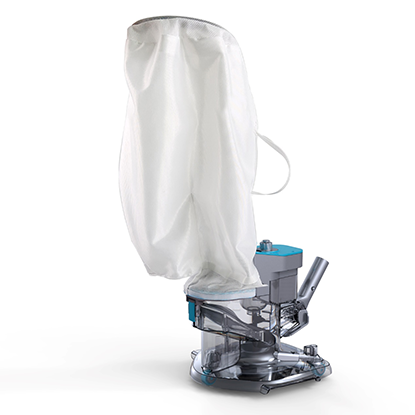
1. Uninterrupted Cleaning Power
- Consistent voltage output throughout discharge cycle
- Low-voltage cutoff prevents complete discharge damage
- Instant peak power for turbo mode when needed
2. All-Season Reliability
- -4°F to 140°F operating range (–20°C to 60°C)
- Winter storage capability at any charge level
- Summer heat resistance without performance loss
3. Cost Efficiency
5-Year Cost Comparison (20k gallon pool):
| Expense |
Lead-Acid |
Standard Li-ion |
LiFePO4 |
|
Battery Replacements |
$600 |
$400 |
$0 |
|
Energy Costs |
$180 |
$120 |
$90 |
|
Disposal Fees |
$150 |
$50 |
$0 |
|
Total |
$930 |
$570 |
$90 |
4. Environmental Impact Reduction
- 100% recyclable materials – no landfill waste
- Zero toxic components – safe for family and environment
- Lower energy consumption – 30% less charging power needed
5. Smart Features Enabled
- Predictive maintenance alerts via app
- Usage statistics and optimization tips
- Remote charging control during off-peak hours
- Battery health reports for resale value
Maintenance Protocol
Weekly:
- Complete discharge-charge cycle (maintains calibration)
- Terminal inspection for corrosion (wipe with dielectric grease)
- Temperature check after charging (should be ambient ±5°F)
Monthly:
| Task |
Procedure |
Purpose |
|
Capacity Test |
Time full runtime |
Track degradation |
|
BMS Update |
Connect to app for updates |
Improve optimization algorithms |
|
Storage Preparation |
Charge to 60% if not used |
Prevent calendar aging |
Seasonal:
- Spring: Full capacity calibration after storage
- Summer: Increase ventilation during charging
- Fall: Complete performance diagnostic
- Winter: Store at 40-60% charge in cool, dry place
Pro Tip: Use battery maintenance mode in your vacuum's app for automated care.
Technical Deep Dive: Battery Science
1. Chemical Stability Advantages
- Iron phosphate cathode – non-degrading structure
- Carbon anode optimization – faster lithium insertion
- Ceramic separators – prevent internal short circuits
2. Thermal Management Systems
- Phase change materials absorb excess heat
- Conductive cooling plates distribute temperature evenly
- Smart fan control – only runs when needed
3. Charging Algorithm Intelligence
- Adaptive charging curves based on battery age
- Temperature-compensated voltage control
- Peak capacity detection – stops at true 100%
4. Safety Engineering
- Pressure relief vents prevent swelling
- Flame retardant electrolytes – self-extinguishing
- Short circuit protection – microsecond response
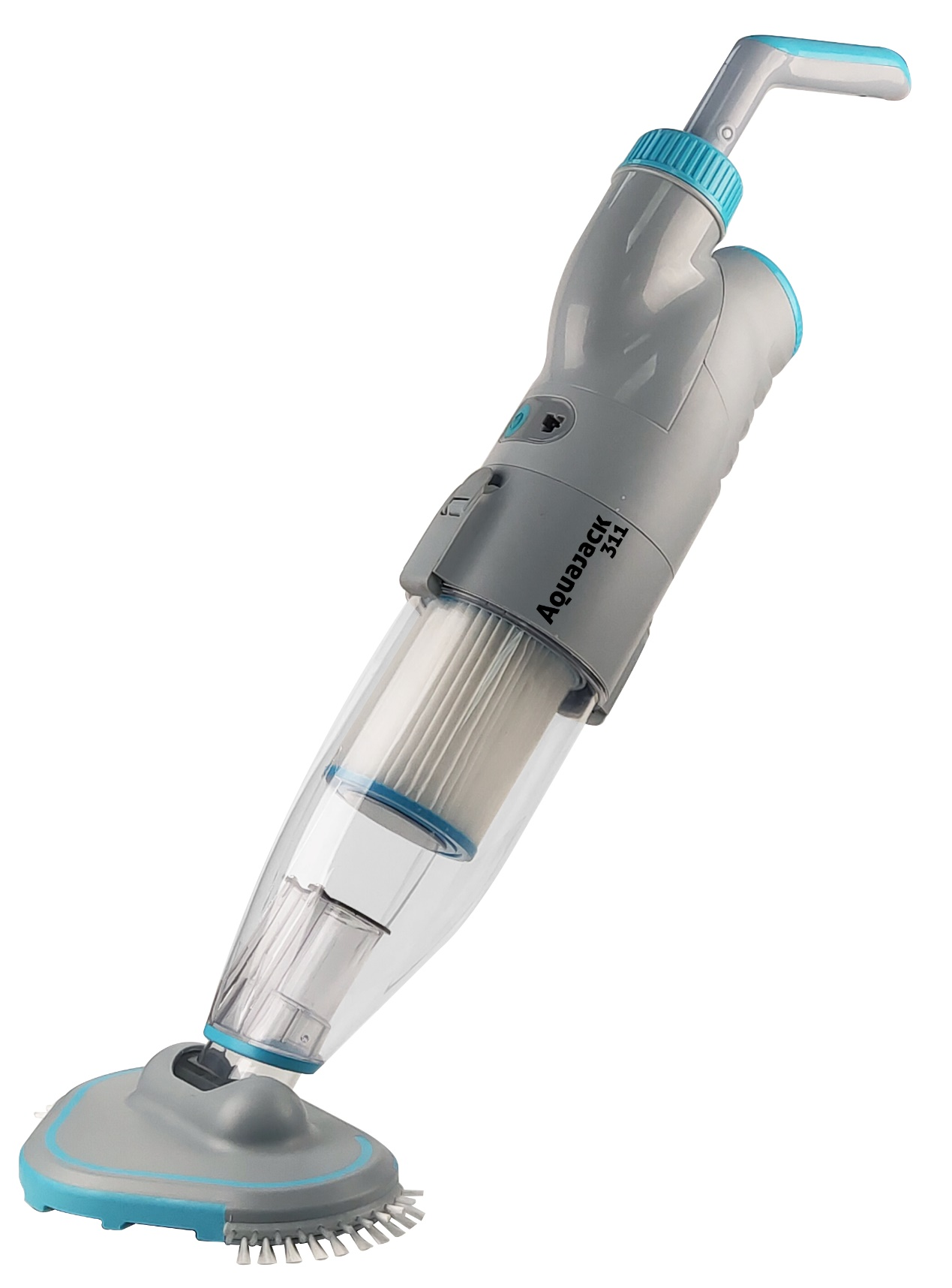
FAQ: Battery Technology Demystified
Q: How long until noticeable degradation?
A: 3 years before 20% capacity loss under normal use
Q: Can I replace the battery myself?
A: Yes – tool-free designs with guided app instructions
Q: Cold weather performance?
A: -4°F operational (–20°C) with 20% reduced runtime
Q: Solar charging compatible?
A: Yes – 12V/24V solar input supported on premium models
Q: Recycling process?
A: Manufacturer take-back programs provide 100% recycling
Q: Warranty coverage?
A: 5-year prorated warranty on most LiFePO4 batteries

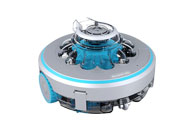 Robotic Pool Cleaner
Robotic Pool Cleaner  Portable Pool Vacuum Cleaner
Portable Pool Vacuum Cleaner  Automatic Pool Cleaner
Automatic Pool Cleaner  Pool Cover Reel
Pool Cover Reel  Pool Cleaning Accessories
Pool Cleaning Accessories 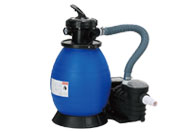 Pool Filter Pump
Pool Filter Pump 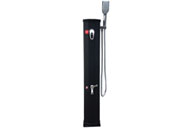 Pool Solar Shower
Pool Solar Shower  Pool Solar Collector
Pool Solar Collector 



